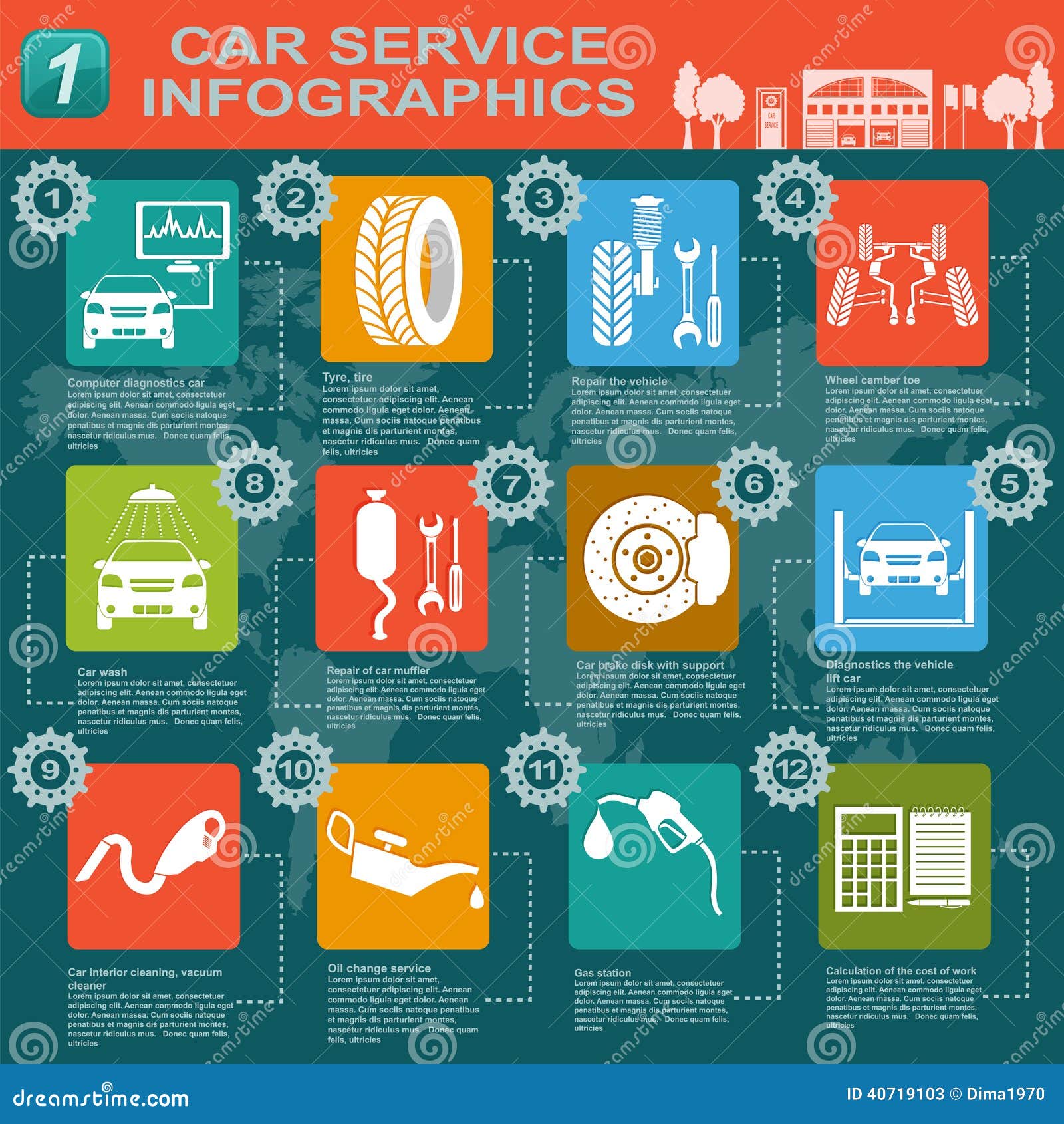Decoding Your Automobile'S Warning Indicators: What They Really Symbolize
Decoding Your Automobile'S Warning Indicators: What They Really Symbolize
Blog Article
Content Composed By-Lauritsen Dalgaard
When you're behind the wheel, those beautiful caution lights on your control panel can be a little bit perplexing. Do https://drivers-training-near-me51739.blogofchange.com/30468389/the-development-of-car-outlining-methods-in-the-previous-decade know what they're trying to tell you about your vehicle's health? Recognizing the value of these lights is crucial for your safety and the durability of your lorry. So, the next time one of those lights appears, would not you wish to understand its message precisely and take the needed steps to resolve it?
Common Caution Lights and Interpretations
Recognize common caution lights in your automobile and comprehend their definitions to ensure secure driving.
One of the most common warning lights include the check engine light, which signifies concerns with the engine or exhausts system. If this light begins, it's critical to have your vehicle examined without delay.
The oil stress alerting light indicates low oil pressure, calling for immediate focus to prevent engine damage.
A blinking battery light may suggest a defective charging system, possibly leaving you stranded otherwise resolved.
car wash hand wash near me monitoring system (TPMS) light alerts you to low tire pressure, impacting lorry stability and gas effectiveness. Disregarding ceramic car wash can bring about risky driving conditions.
The ABS light suggests a problem with the anti-lock braking system, jeopardizing your capability to stop swiftly in emergencies.
Finally, the coolant temperature level alerting light warns of engine getting too hot, which can cause serious damage if not fixed swiftly.
Comprehending these typical caution lights will certainly aid you deal with problems immediately and keep secure driving problems.
Importance of Prompt Attention
Comprehending the common warning lights in your car is just the very first step; the importance of promptly resolving these warnings can't be highlighted sufficient to ensure your safety on the road.
When a caution light brightens on your control panel, it's your automobile's method of communicating a possible problem that needs interest. Ignoring these cautions can lead to extra severe problems later on, jeopardizing your safety and potentially costing you more in repairs.
Trigger interest to alerting lights can avoid failures and mishaps. As an example, a flashing check engine light can suggest a misfire that, if left ignored, might cause damage to the catalytic converter. Addressing this promptly can save you from a costly repair service.
Similarly, a brake system alerting light may signal reduced brake fluid or used brake pads, crucial components for your safety and security when driving.
Do It Yourself Troubleshooting Tips
If you see a caution light on your dashboard, there are a couple of DIY repairing pointers you can try before seeking professional help.
The initial step is to consult your auto's manual to comprehend what the details warning light suggests. Sometimes the concern can be as basic as a loose gas cap setting off the check engine light. Tightening up the gas cap may settle the problem.
Another usual problem is a reduced battery, which can set off various warning lights. Checking the battery connections for corrosion and guaranteeing they're protected could repair the trouble.
If a warning light continues, you can try resetting it by separating the auto's battery for a few minutes and then reconnecting it. Additionally, inspecting your vehicle's fluid degrees, such as oil, coolant, and brake liquid, can help troubleshoot alerting lights connected to these systems.
Final thought
In conclusion, comprehending your automobile's warning lights is necessary for maintaining your vehicle running efficiently and safely. By promptly attending to these alerts and knowing what they indicate, you can stay clear of pricey repair services and possible break downs.
Keep in mind to consult your cars and truck's handbook for certain details on each alerting light and take action as necessary to guarantee a hassle-free driving experience.
Keep educated, remain risk-free on the road!
